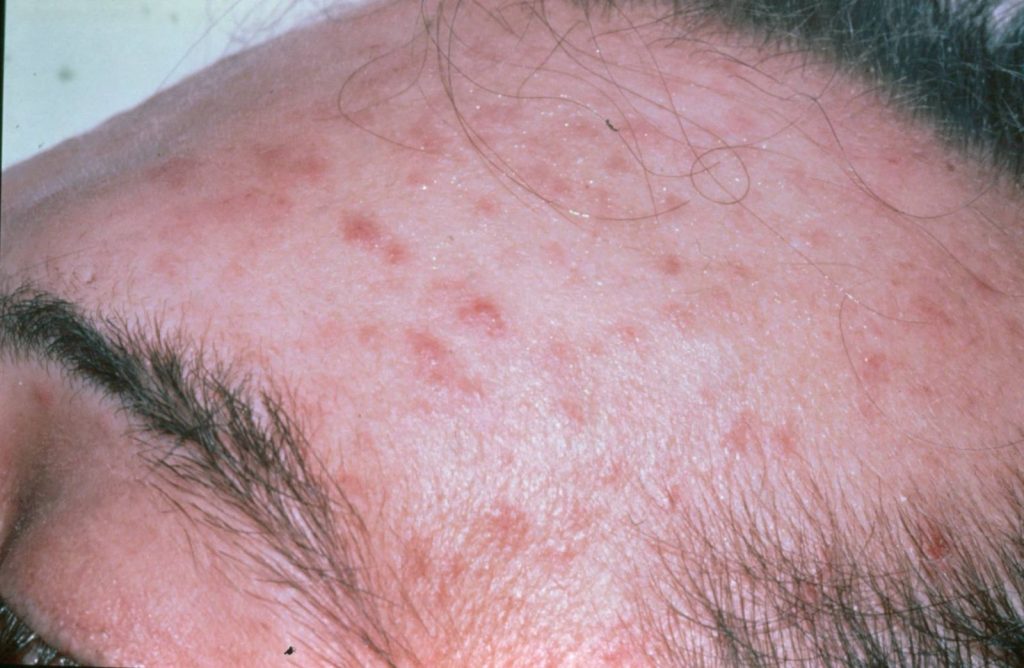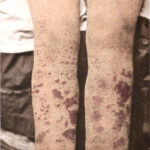Histoplasmosis, caused by Histoplasma capsulatum, is a fungal infection that primarily affects the lungs but can spread to other organs, leading to a more severe, disseminated form of the disease. This condition, known as disseminated Histoplasma capsulatum infection, occurs when the fungus spreads throughout the body, potentially affecting the liver, spleen, bone marrow, and other organs.

What is Disseminated Histoplasmosis?
Disseminated Histoplasmosis occurs when Histoplasma capsulatum, a dimorphic fungus found in soil, particularly in areas with bird or bat droppings, infects the body and spreads beyond the lungs. The infection is more common in individuals with weakened immune systems, such as those with HIV/AIDS, organ transplant recipients, and patients on immunosuppressive medications.
When the fungus enters the lungs, it is usually contained by the immune system. However, in certain individuals, the infection can disseminate, spreading through the bloodstream and affecting multiple organs, including the liver, spleen, bone marrow, and lymph nodes.
Symptoms of Disseminated Histoplasmosis
The symptoms of disseminated Histoplasmosis can vary depending on the organs involved, the severity of the infection, and the individual’s immune status. Common symptoms include:
- Fever: Often one of the first signs of disseminated infection.
- Weight Loss: Unexplained weight loss occurs due to the systemic nature of the disease.
- Fatigue and Malaise: A feeling of persistent tiredness and discomfort.
- Cough and Chest Pain: These symptoms can be present if the infection affects the lungs.
- Enlarged Liver and Spleen: Known as hepatosplenomegaly, these enlargements are common in disseminated cases.
- Skin Lesions: In rare cases, ulcerated lesions can develop on the skin.
- Respiratory Symptoms: Difficulty breathing, cough, and hemoptysis (coughing up blood) may occur.
- Hematologic Issues: Low blood cell counts, such as anemia, leukopenia, or thrombocytopenia, may be present due to bone marrow involvement.
Causes and Risk Factors
Disseminated Histoplasmosis is caused by the Histoplasma capsulatum fungus, which thrives in environments rich in bird and bat droppings. People who spend time in caves, attics, or areas with disturbed soil where these droppings are found are at an increased risk of infection.
Key Risk Factors:
- Weakened Immune System: The most significant risk factor for disseminated Histoplasmosis is immunosuppression. Individuals with HIV/AIDS, those undergoing chemotherapy, or those on immunosuppressive drugs are highly vulnerable.
- Age: Older adults are at a higher risk due to generally weaker immune systems.
- Exposure to Fungal Spores: People living in endemic areas or working in environments where the fungus is present are more likely to be exposed to the spores.
- Underlying Lung Disease: Conditions such as chronic obstructive pulmonary disease (COPD) or asthma increase the likelihood of developing more severe infections.
Diagnosis of Disseminated Histoplasmosis
Early diagnosis of disseminated Histoplasmosis is crucial for effective treatment. The process typically involves several steps, including:
1. Clinical Assessment
Healthcare providers begin with a detailed medical history and a physical examination. Signs of systemic illness such as fever, weight loss, and hepatosplenomegaly may raise suspicion of disseminated infection.
2. Laboratory Testing
- Culture: The gold standard for diagnosing Histoplasmosis is culturing Histoplasma from clinical specimens, including blood, bone marrow, or tissue biopsies.
- Antigen Detection: Urine and serum tests for Histoplasma antigens are also widely used and can provide quick results.
- PCR Testing: Polymerase chain reaction (PCR) testing is becoming increasingly useful for detecting fungal DNA in clinical samples.
- Histopathology: Tissue biopsy specimens, when available, can confirm the diagnosis through microscopic examination.
3. Imaging
Chest X-rays or CT scans may reveal pulmonary involvement, such as granulomas, cavitary lesions, or diffuse infiltrates. These scans are particularly useful in assessing lung involvement in disseminated cases.
Treatment of Disseminated Histoplasmosis
The treatment of disseminated Histoplasmosis typically involves antifungal therapy. The choice of treatment depends on the severity of the infection and the patient’s immune status.
1. Antifungal Medications
- Itraconazole: This oral antifungal is the first-line treatment for mild to moderate cases.
- Amphotericin B: For severe or life-threatening disseminated Histoplasmosis, intravenous Amphotericin B is often used initially, followed by a transition to Itraconazole for long-term maintenance.
- Fluconazole: Sometimes used as an alternative to Itraconazole, especially in cases where it is difficult to monitor the patient’s response to treatment.
2. Management of Underlying Conditions
For patients with compromised immune systems, restoring immune function may also be necessary. For example, antiretroviral therapy for HIV/AIDS patients or reducing immunosuppressive medications can help improve treatment outcomes.
3. Supportive Care
Patients with disseminated Histoplasmosis often require supportive care, including blood transfusions for anemia and other measures to manage organ dysfunction.
Prevention of Disseminated Histoplasmosis
Prevention of disseminated Histoplasmosis focuses on reducing exposure to the fungal spores and managing risk factors. Key preventive strategies include:
- Avoiding Areas with Bird and Bat Droppings: Individuals at high risk should avoid caves, attics, and construction sites where fungal spores are likely to be present.
- Protective Equipment: Wearing masks, gloves, and protective clothing can reduce the risk of inhaling spores in high-risk environments.
- Immunization Strategies: While no vaccine exists for Histoplasmosis, ongoing research aims to develop preventative vaccines, especially for individuals at high risk.
Prognosis and Outlook
The prognosis for disseminated Histoplasmosis depends on various factors, including the patient’s immune status and the organs involved. Early detection and appropriate antifungal treatment can significantly improve outcomes, particularly in immunocompetent individuals. However, for those with severely compromised immune systems, the disease can be life-threatening.
Factors Affecting Prognosis:
- Immune Function: Immunocompromised individuals have a much higher risk of severe disease and complications.
- Timely Treatment: Early diagnosis and treatment are critical for improving survival rates.
- Organ Involvement: Dissemination to multiple organs, especially the central nervous system, can lead to a poorer prognosis.
